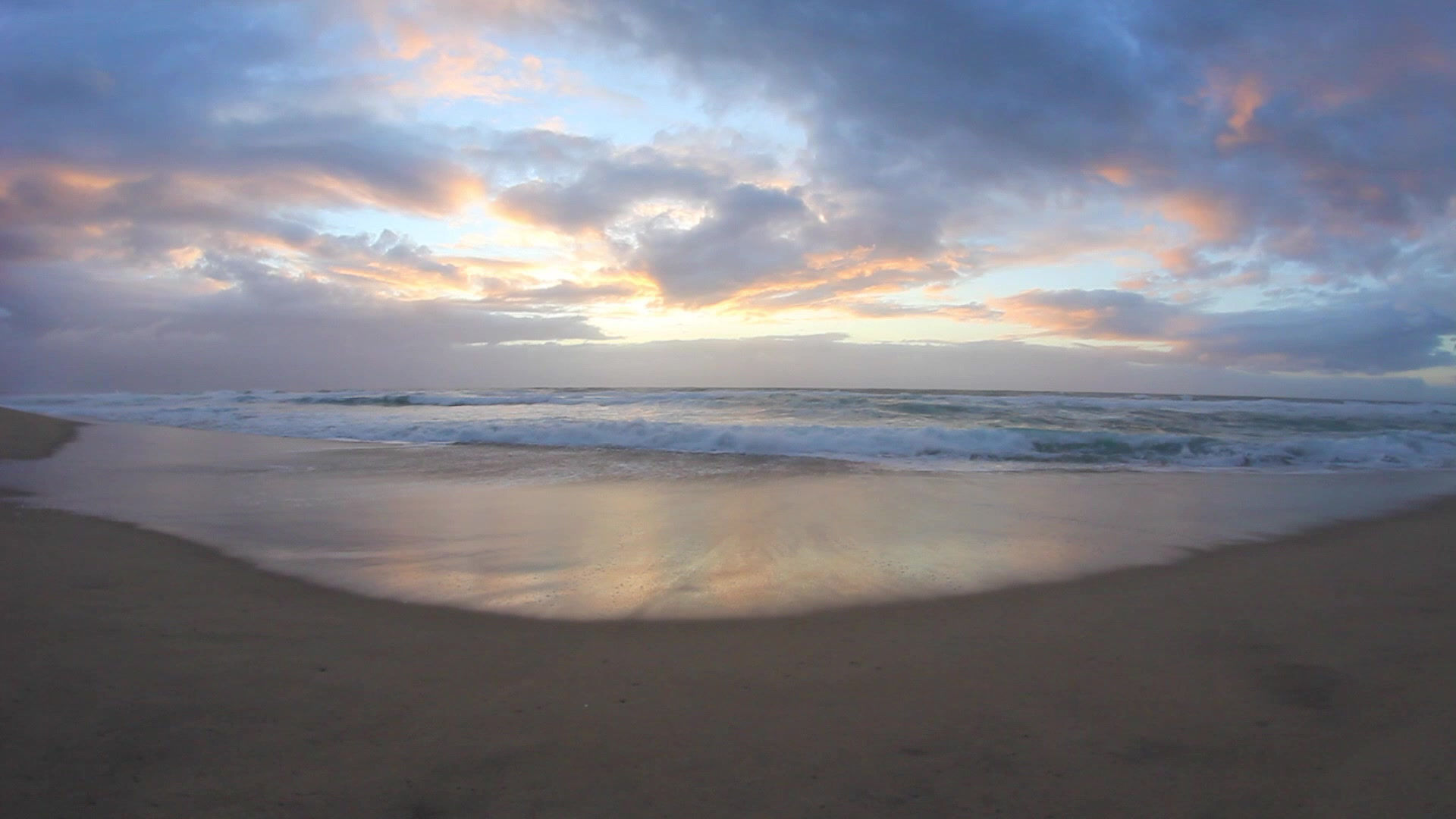COMPOSITION 2
- matyparra photoart
- 13 ago 2020
- 3 Min. de lectura
Mastering composition in photography is as important as mastering lighting.
When you take a photograph, in addition to the photo itself, you are creating a story. To compose is to create.
The composition surpasses the most expensive, advanced, and sophisticated camera.
The composition is something personal, artistic, almost philosophical. Some people instinctively compose correctly, and others need to learn.
It is not only essential to know how to show what's important to us in a picture, but what to show in it, that is, what we are going to photograph and why.
Knowing yourself is crucial when creating and interpreting messages. Many times, photographs fail because we are not sure what we want to say or how. Beautiful does not equate to a good picture or to any message that goes beyond 'beautiful.' And this does not always captivate the viewer.
You cannot communicate something through a picture if it does not communicate anything to you first. One should not wait for stories to fall from the sky; you have to know how to look for them.
The composition is a language that we use to explain stories, and as such, you need to know their words and expressions to use them fluently and in the most vibrant possible way.
There are some basic laws in photographic composition such as the law of the horizon, the law of the gaze, the rule of thirds, the lines and the point, the golden section, the center of interest, filling the frame, the flow, the direction, repeating elements, groups of threes or the rule of odd numbers, negative space, foreground and background, natural framing, S-curves, contrast and color.
However, some photographers prefer to break the rules of traditional composition, causing viewers to reconsider notions of balance, and to design elements within works of art. However, to break the rules, one must first master them.
An excellent exercise in visualizing the message or story of photographic composition is to look at photographs of other photographers and write it down. It is also important to translate into words the idea or message that you perceive in the photos used in this exercise.
As you can see, there is a lot to talk about in composition. I will cover each of the laws or rules in the following episodes.
See you next week!
Translated by: Lic. Rocío Elizondo Ochoa
Español
LA COMPOSICIÓN 2
Dominar la composición en fotografía, es tan importante como dominar la iluminación.
Cuando tomas una fotografía, además de la foto en sí, estás creando una historia. Componer es crear.
La composición supera a la más cara, avanzada y sofisticada cámara de fotos.
La composición es algo personal, artístico casi filosófico. Hay personas que componen correctamente por instinto y otras que necesitamos aprender.
No sólo es importante saber cómo mostrar lo que nos interesa en una imagen sino, qué mostrar en ella, es decir, qué vamos a fotografiar y por qué.
Es importante el conocimiento de uno mismo a la hora de crear e interpretar mensajes. Muchas veces, las fotografías fallan porque no tenemos claro qué queremos decir, ni cómo. Lo bonito no equivale, ni a una buena fotografía, ni a ningún mensaje que vaya más allá de “bonito” y esto, no siempre cautiva al espectador.
No se puede transmitir algo, si antes no te transmite algo a ti. Uno no debe esperar que las historias nos caigan del cielo, hay que saber buscarlas.
La composición es un lenguaje que utilizamos para explicar historias, y como tal, se necesita conocer sus palabras y expresiones, para utilizarlas con fluidez y de la forma más rica posible.
Existen algunas leyes básicas en la composición fotográfica como: la ley del horizonte, la ley de la mirada, la regla de los tercios, las líneas y el punto, la sección áurea, el centro de interés, rellenar el encuadre, el flujo, la dirección, los elementos repetidos, los grupos de tres o regla de los impares, el espacio negativo, frente y fondo, el enmarcado natural, las curvas en S, el contraste y el color.
No obstante, existen fotógrafos que prefieren romper las reglas de la composición tradicional, provocando en los espectadores reconsiderar las nociones de equilibrio, y a diseñar elementos dentro de trabajos de arte. Sin embargo, para poder romper las reglas, antes deben dominarse.
Un buen ejercicio para visualizar el mensaje o historia de una composición fotográfica, es observar fotografías de otros fotógrafos y escribirla. También es importante traducir en palabras la idea o mensaje que percibas en las fotos con las que se haga el ejercicio.
Como ven, hay mucho de que hablar en composición, por lo que trataré cada una de las leyes o reglas en los siguientes episodios.
¡Nos vemos la próxima semana!

Comments